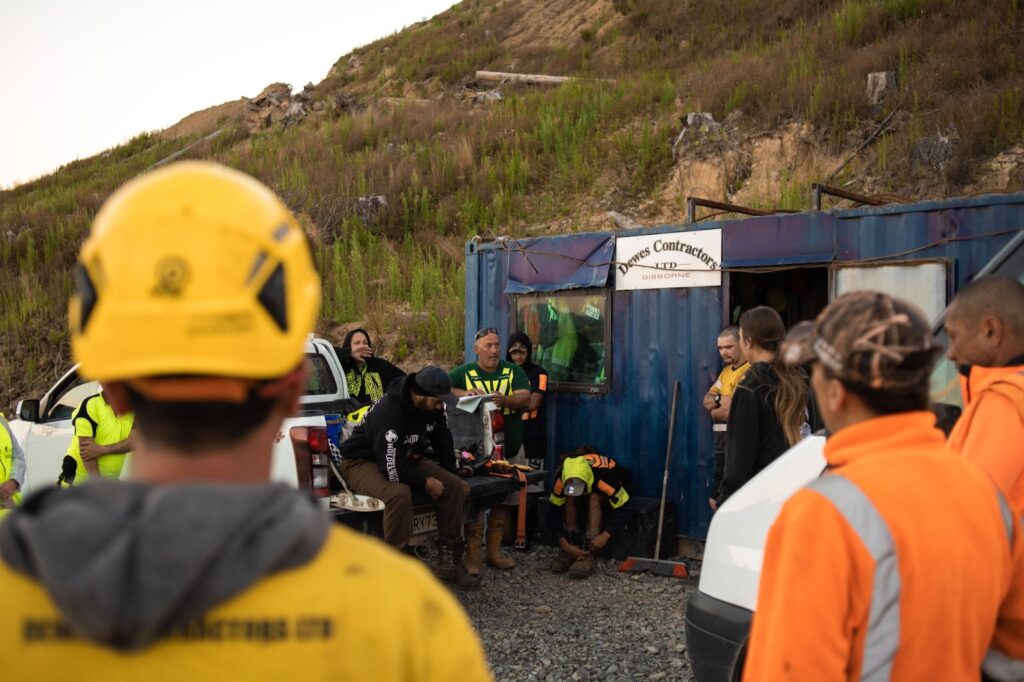- AUTHORTairawhiti Researchers say Emissions Reduction Plan is good news for vulnerable region
- Tuesday, May 17, 2022
Tairawhiti Researchers say Emissions Reduction Plan is good news for vulnerable region
Recent weather events in Tairawhiti are at the forefront of Aotearoa New Zealand’s first emissions reduction plan released yesterday. The opening lines of the plan’s foreword by Prime Minister Jacinda Ardern and Minister for the Climate James Shaw acknowledge the months leading up to the publication of the plan were marked by floods in Tairawhiti and drought elsewhere.

Actions committed to in the plan are being welcomed by local researchers focused on land use, economic impacts, and employment options for Tairawhiti.
Rangitukia based climate change researcher Manu Papuni-Iles is encouraged by the list of actions to support nature-based solutions. “Our region is vulnerable to climate change both in terms of environmental and economic impacts” says Mr Papuni-Iles.
Mr Papuni-Iles says it is a big win for the Raukumara and Te Urewera forests from commitments in the plan to maintain and increase carbon stocks in pre-1990 forests. At least 20 million tonnes of carbon are stored in the Raukumara Forest Park that DOC has acknowledged is on the verge of collapse due to introduced pests.
“Official commitments in the plan to protect carbon stored in this ecosystem will help protect what remains of the unique biodiversity of the region” says Mr Papuni-Iles.
The Government’s commitment to look at opportunities to incentivise and encourage those management activities, including ‘mechanisms to enable the recognition of additional carbon storage for pre-1990 forests’, potentially means significant private investment from the voluntary carbon and biodiversity offsetting markets could help subsidise public conservation efforts in the Raukumara.
“It is great to see the list of actions include incentives for more native afforestation, increasing pest control, and providing protection from flooding and rising sea levels” he says. Mr Papuni-Iles is particularly interested in the commitments in Chapter 2 of the plan that describes how Māori will be involved in planning and action to reduce emissions at both the local and national levels.
Project lead Hunaara Waerehu is an economics student and welcomes the focus in Chapter 3 on an equitable transition through the provision of new jobs in low-emissions industries, support for regions and communities to plan for the transition and the Government partnering with groups including BusinessNZ and the New Zealand Council of Trade Unions to address challenges and opportunities to achieve an equitable transition.
“It is good to see a commitment to reforming the education and training system to support for people to develop the skills needed for a low-emissions economy through retraining, skill-enhancement opportunities and income assistance to support workers and households” says Mr Waerehu. “If we see more permanent forest replacing farming and logging operations, Tairawhiti will need to be at the front of the line for planning and participating in establishing new industries and associated retraining opportunities.”
Renee Raroa from Toha, a venture designed to attract new investment to support biodiversity, is pleased that the plan aims to address climate change and biodiversity loss together.
“It’s good news that the plan includes the development of better incentives for restoring native ecosystems, including efforts to use private and public money to support both climate and biodiversity outcomes.”
Chapter 14 of the plan focuses on Forestry, with an emphasis on increasing the restoration of indigenous forests and protecting carbon in pre-1990 forests. Initiatives within this chapter include actions to reduce the cost of native forest establishment and protection, and support for native afforestation and restoration through the Carbon Neutral Government Programme. By 2025, emissions that cannot be reduced under the
Carbon Neutral Government Programme must be offset. The work programme will investigate how offsetting those emissions could promote biodiversity and wider environmental outcomes.
Updating carbon sequestration yield tables for indigenous species with more recent science is also included in the Forestry chapter. The updated tables will better recognise and reward carbon stored by native forests, to encourage native afforestation with a focus on longer term carbon storage, more accurate recording of sequestration rates, and good forest management practices.